Selecting a suitable 3D screen manufacturer is critical for businesses and individuals seeking high-quality displays for entertainment, advertising, or industrial applications. The right manufacturer ensures superior visual performance, durability, and cost-efficiency. This guide outlines key factors to consider when evaluating potential suppliers.
Key Factors in Selecting a 3D Screen Manufacturer
1. Technical Specifications and Performance
A reliable 3D screen manufacturer should offer products with advanced specifications. Key metrics include:
- Resolution: Look for 4K or 8K resolution for sharp, immersive visuals.
- Brightness: Screens with 1,500–3,000 nits ensure visibility in various lighting conditions.
- Refresh Rate: A minimum of 120Hz reduces motion blur for dynamic content.
- Viewing Angle: Opt for screens with 160°+ horizontal and vertical viewing angles.
2. Customization and Scalability
Not all projects require standard solutions. A top-tier 3D screen manufacturer should provide:
- Modular Designs: Allowing easy expansion (e.g., from 10㎡ to 100㎡).
- Custom Aspect Ratios: These are tailored to specific venue requirements.
- Content Compatibility: Support for 3D formats like passive, active, or autostereoscopic displays.
3. Durability and Maintenance
Industrial-grade 3D screens must withstand long-term use. Consider:
- IP Rating: IP65 or higher for outdoor or harsh environments.
- MTBF (Mean Time Between Failures): 50,000+ hours for LED-based screens.
- Warranty: A minimum 3-year warranty indicates manufacturer confidence.

Additional Considerations Beyond Product Quality
1. After-Sales Support
A reputable 3D screen manufacturer should offer:
- 24/7 Technical Assistance: This is Critical for commercial installations.
- On-Site Maintenance: Reducing downtime in case of failures.
2. Industry Certifications
Verify compliance with international standards such as:
- ISO 9001: Quality management certification.
- CE/RoHS: Ensuring safety and environmental compliance.
3. Cost vs. Value
While budget is important, prioritize long-term value. A cheaper screen may incur higher maintenance costs, whereas a premium 3D screen manufacturer could offer better ROI over 5+ years.
Conclusion
Choosing the right 3D screen manufacturer involves evaluating technical performance, customization options, durability, and support services. By focusing on these factors, buyers can ensure optimal performance and longevity for their investment. Always request product demos and case studies to validate manufacturer claims before finalizing a decision.





